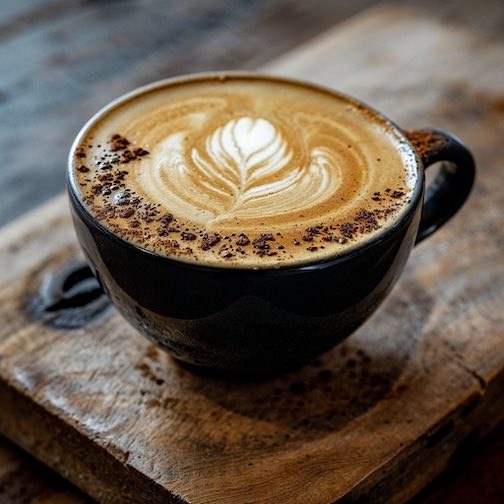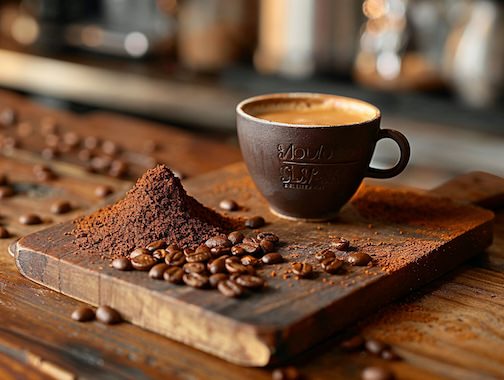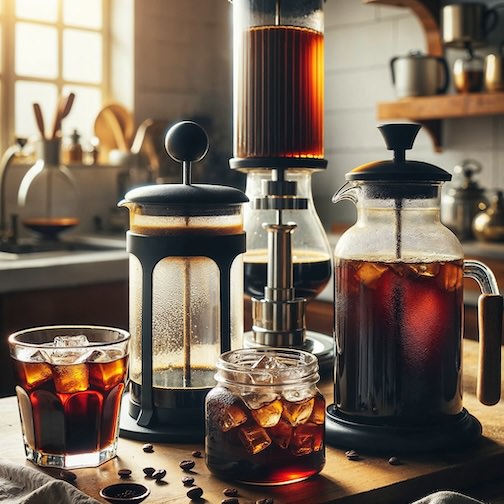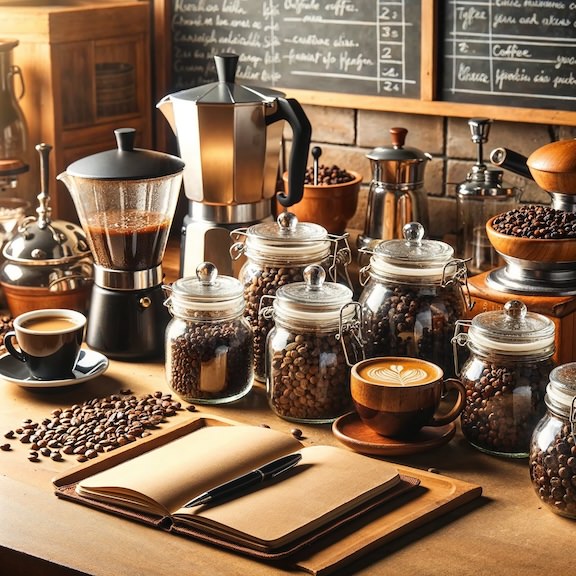One surprising fact about espresso is that despite its strong flavor and kick, it actually contains less caffeine per serving compared to a regular cup of coffee. While espresso is more concentrated, with about 63 milligrams of caffeine per ounce, a typical serving size of espresso is only about 1 ounce. In contrast, a standard 8-ounce cup of coffee can contain anywhere from 80 to 120 milligrams of caffeine or more, depending on factors like brewing method and coffee bean type. So, while a shot of espresso might pack a punch, it’s not necessarily the most caffeinated option out there.
If you’re aiming to get the maximum caffeine punch from an 8 oz cup of coffee, there are a few factors to consider:
Coffee Bean Selection: Opt for coffee beans with higher caffeine content. Robusta beans typically contain more caffeine than Arabica beans, so choosing a coffee blend with a higher proportion of Robusta beans could result in a higher caffeine content.
Grind Size: Use a fine grind size when grinding your coffee beans. Finer grounds increase the surface area of the coffee, allowing for more efficient caffeine extraction during brewing.
Brewing Method: Choose a brewing method that maximizes caffeine extraction. Methods like espresso, AeroPress, or Turkish coffee tend to result in higher caffeine concentration per ounce compared to drip coffee or French press due to their shorter brew times and higher pressure.
Water Temperature and Brew Time: Use hot water just off the boil (around 195-205°F or 90-96°C) and adjust the brew time accordingly. Brewing for a longer time can help extract more caffeine, but be cautious not to over-extract, which can lead to a bitter taste.
Coffee-to-Water Ratio: Use a higher coffee-to-water ratio. Increasing the amount of coffee grounds relative to water will result in a stronger brew with more caffeine per cup.
By optimizing these factors, you can brew a cup of coffee with a higher caffeine content and get the maximum caffeine punch from your 8 oz serving. However, be mindful of your caffeine intake and consume in moderation to avoid potential negative effects.
Please note that if you purchase from clicking on the link, some will result in my getting a tiny bit of that sale to help keep this site going. If you enjoy my work, perhaps you would consider donating to my daily cup of coffee, thank you.





